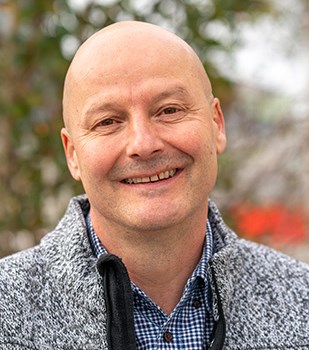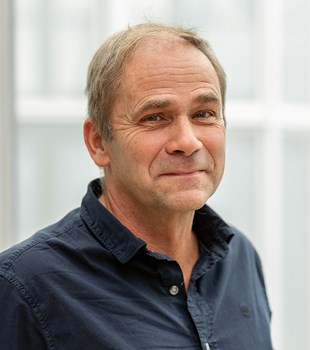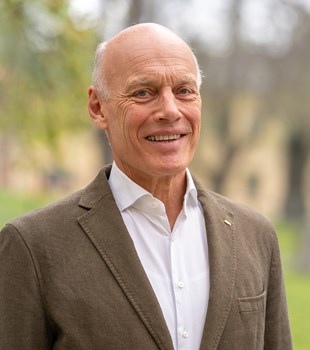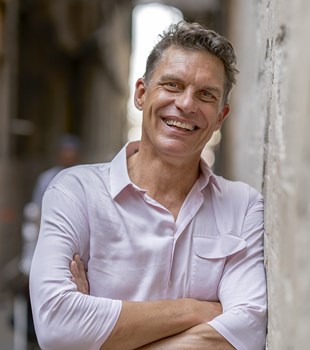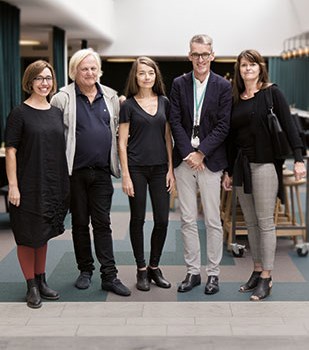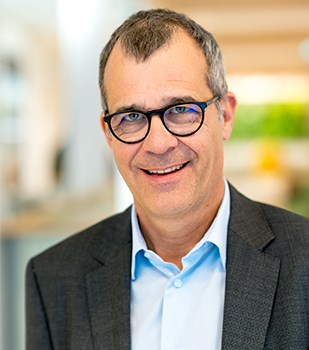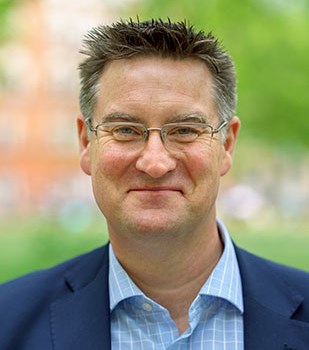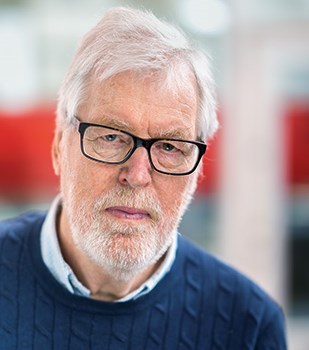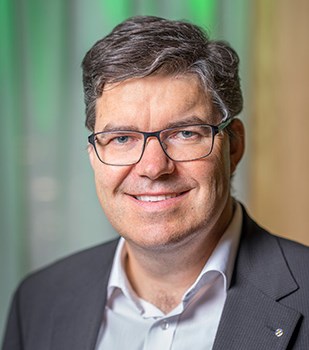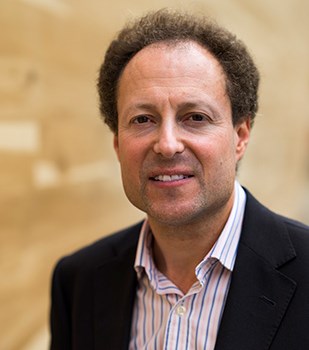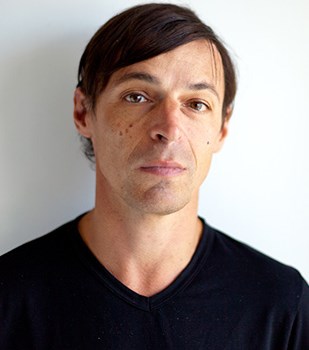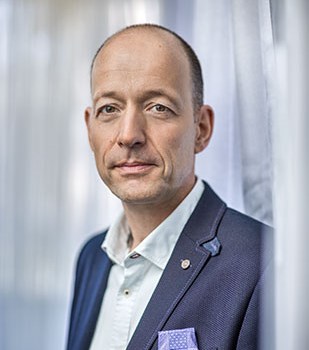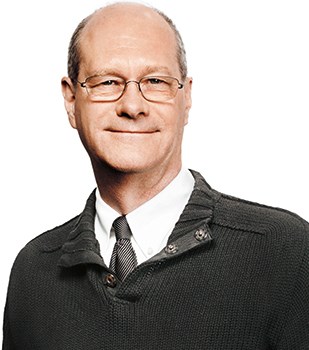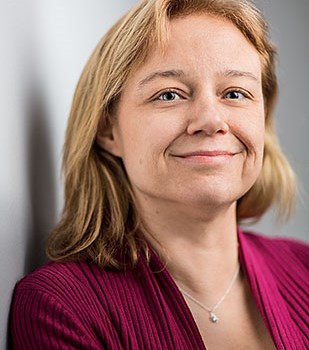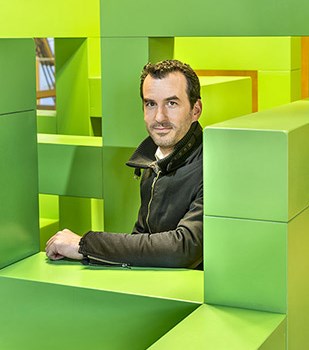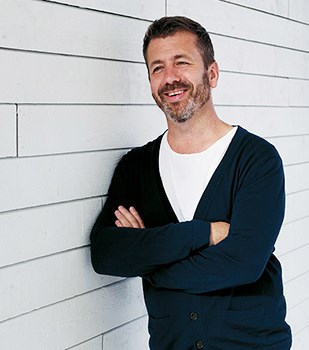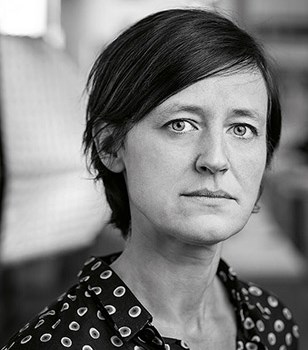In Europe, the UK is leading the way in introducing BIM – they are planning to move from level 2 to the more comprehensive level 3 by 2025. Level 2 has already proved to have a positive economic effect on the construction sector. For the rest of Europe it is just a matter of time before it will be compulsory to work with BIM on all major construction projects.
“The Swedish wood construction industry needs to make all its products and services available on BIM platforms and in BIM libraries,” says Thomas Rohner.
Why has it been so hard for BIM to break through?
“I think the most difficult thing is the actual definition of BIM. Some think of BIM as 3D models, others as electronic data or a system to coordinate planning of a building over its life cycle.”
What other problems are there?
“Many planning offices and authorities can’t handle 3D BIM models. They still require submission of drawings, just like they’ve always done. With BIM, all the requested information, such as construction and energy calculations, would be in the model and could be simulated.”
How will it change?
“It’s an age issue that will resolve itself as the next generation comes through the ranks in all sectors. BIM is going to break through with today’s young people. They are our future and it’s important to respect that.”
What does switching to BIM mean in practical terms?
“For large companies it’s a major step as it involves a whole different methodology. At the start of a project, everyone has to sit down together and find the best solution, not individually but everyone jointly. That requires a new way of thinking and communicating.”
What are the benefits?
“We call our BIM model a ‘digital twin’. In the digital model we can simulate and calculate everything. All the superfluous material can be stripped out and we can uncover all the potential mistakes early on. We gain from the effect of repetition, we build twice, once virtually and once in reality. A ‘digital building culture’ needs to be implemented in all sectors, as well as a shared standard for all the various software tools that are currently available. I believe that Open BIM will be the way forward for Europe.
“There are also other advantages, such as fewer repetitive tasks, fewer errors, better coordination and cost transparency. Working with BIM takes longer for the first few times, but overall it saves time at every stage.”
How is a person’s work checked for quality?
“Whichever BIM level you work at, you can control the level of detail (LOD). This is done via various access levels. It’s always possible to see and control who is working with what, when and how in the model. This requires a BIM leader, or rather that everyone is a BIM leader for their particular area. All changes are controlled and designed so that they need approval. If you make a change to a node, that needs to be checked to make sure it doesn’t cause any structural weaknesses. If the details are changed, this needs to be signed off by another person. This is all controlled by the rules that we create together for a project.”
Are there any negatives about BIM?
“None. BIM needs to be a free, enthusiastic and satisfying flow – something we want to be part of. One of the biggest tasks for me as a professor is to engage the students and get them to be energetic and excited about BIM.”
For more about BIM, download the handbook from the EU BIM Task Group using the following link: eubim.eu/handbook.
Text David Valldeby

